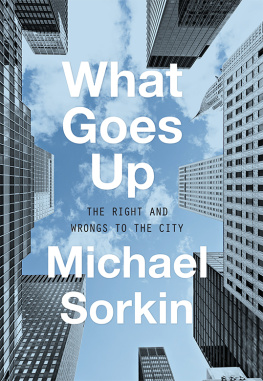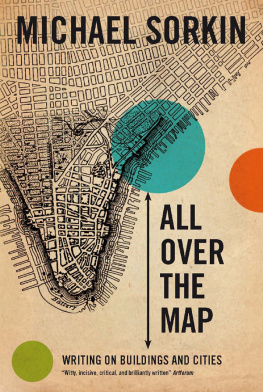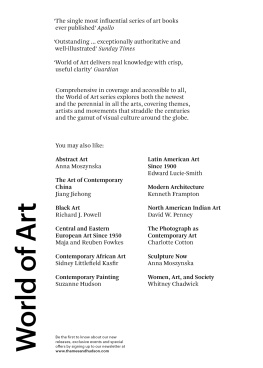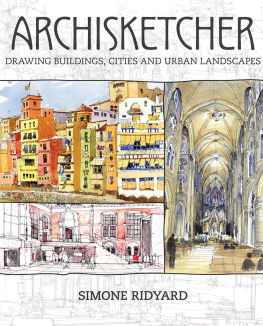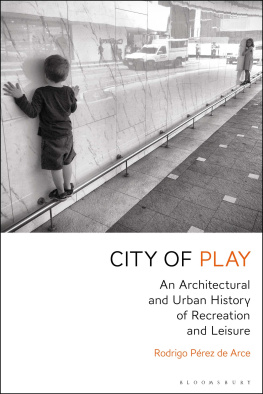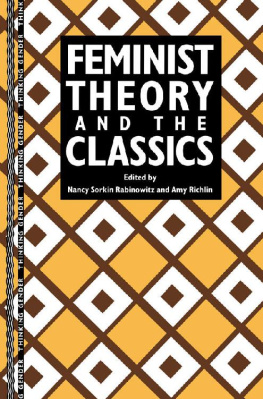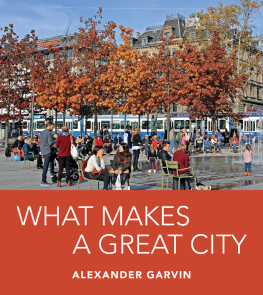What Goes Up
The Right and Wrongs
to the City
Michael Sorkin

To the memory of Lebbeus Woods
First published by Verso 2018
Michael Sorkin 2018
All rights reserved
The moral rights of the author have been asserted
1 3 5 7 9 10 8 6 4 2
Verso
UK: 6 Meard Street, London W1F 0EG
US: 20 Jay Street, Suite 1010, Brooklyn, NY 11201
versobooks.com
Verso is the imprint of New Left Books
ISBN-13: 978-1-78663-515-0
ISBN-13: 978-1-78663-513-6 (UK EBK)
ISBN-13: 978-1-78663-514-3 (US EBK)
British Library Cataloguing in Publication Data
A catalogue record for this book is available from the British Library
Library of Congress Cataloging-in-Publication Data
Names: Sorkin, Michael, 1948- author.
Title: What goes up : the rights and wrongs of the city I Michael Sorkin.
Description: Brooklyn, NY : Verso, 2018. I Includes bibliographical references.
Identifiers: LCCN 2017054469 I ISBN 9781786635150 (hardback) Subjects: LCSH: ArchitectureHuman factors. I Architecture and societyNew York (State)New York. 1 City planningSocial aspectsNew York (State)New York. I New York (N.Y.)Social conditions-21st century. I New York (N.Y.)Buildings, structures, etc. I MAC: SOCIAL SCIENCE / Sociology / Urban. I ARCHITECTURE / Urban & Land Use Planning. I ARCHITECTURE / History / Contemporary (1945-).
Classification: LCC NA2542.4 655 2018 1 DDC 720.9747dc23 LC record available at https://lccn.loc.gov/2017054469
Typeset in Sabon by MJ & N Gavan, Truro, Cornwall
Printed in the UK by CPI Mackays, UK
Contents
Credo
The moving finger writes: Trump. How bad can it be?
This surely aint Berlin, 1933. The downtown lifestyle bubble shows no sign of bursting, and the stock market is soaring. Were slack-jawed at the buffoonery, but, having spent more than half a century undergoing saturation by television, the affair is easily assimilated as entertainment. From the Nielsen-rating perspective, the all Trump, all the time outcome of the election should please our sponsors.
The Donalds compulsive tweeting and daily hours watching the shows are a perfect, if risible, emblem of our culture of contracted attention span and celebrity shorthand. That his fortune has come from a merger of building and TV pretty much situates the public position of architecture nowadays. However, endless kvetching about the banality of Trumpkultur misses the mark. It takes a fairly exacting heuristic to distinguish the social or artistic meaning of the fulsomely gilded lavatory on Trumps jet from that of the gold paint slathered on the Prada Museum with Rem Koolhaass tetchy ironies. All boils down to inflection and taste.
Which is to say, were talking personalities. Trump, for worse, is a master of magnification in an age for which expressive subtlety is a formula for remaining unheard and unseen, a starchitect of the political. The man is president of the United States, and he did it via the brilliance of his self-commodification, the intensityand the purityof his brand: by becoming pure fetish. Trump is a master dialectician, amping up his assault on the mediawhich he describes, in his finest Stalin-wannabe style, as the enemy of the peopleeven as he remains their most beloved, codependent creature.
They can talk about nothing else. Even as Trumps agents shred the safety net, trash the environment, frog-march undocumented immigrants across the border, and bring on the police state, the back-scratching symbiosis is lock-tight; and Trump wins every round. The instant umbrage taken by the progressive mediawhich, when Trump attacked it, rose in near uniform defense of the integrity and patriotism of our beloved fucking CIA and the vast cohort of coup-plotters, assassins, torturers, and other apparatchiks of the deep statetruly marked a world turned upside down. Even now, the bien-pensant talking heads on MSNBC are reassured that, at least, generals are in charge at the White House.
In Why I Write, a little essay from 1946, George Orwell declares that
every line of serious work that I have written since 1936 has been written directly or indirectly, against totalitarianism and for democratic socialism, as I understand it. It seems to me nonsense, in a period like our own, to think that one can avoid writing of such subjects. Everyone writes of them in one guise or another. It is simply a question of which side one takes and what approach one follows. And the more one is conscious of ones political bias, the more chance one has of acting politically without sacrificing ones aesthetic and intellectual integrity.
In 1931, at an even more parlous moment, Siegfried Kracauer in his On the Writerdescribed the duty of the journalist to attack current conditions in a manner that will change them.
Could these credos be more succinct or germane? To be sure, matters are complicated by the translationthe guise-findinginvolved in writing about architecture, a subject that always embodies both an aesthetic vectorwith a (relative) autonomy that (pace functionalism) can have a very loose fit with buildings other purposesand an eternally complex mode of production and distribution. For me, the problem of an apt critical register is further confused by my parallel design practice, which, Ive always hoped, also sometimes strikes a blow against totalitarianism and for democratic socialism, and challenges the reifications of class and power that architecture embeds. This is hard to argue cleanlymy studio works for state agencies in China, for developers (only enlightened ones, of course!): people and organizations with enough money for building. But the provision and organization of shelter always asks where to draw the line, with a complexity and contingency that seldom arises in criticism practiced in our liberal democracies, where free speech is assimilated as safety valve rather than risk. Our Dear Leader thrives on assault, the conduit of column inches and air time and the quantum of clicks.
The idea of a critical architecture, full stop, is nearly impossible because of an entrapping web of externalities that generates either a category of productionpaper architecturethat relies on its own self-externalization, or immersion in a class of building (for disaster relief, refugees, the very poor, or with truly radical forms of sustainability) that demands Ghandian levels of commitment and self-sacrifice. To be sure, theres an emergent class of architects that practices a difference-splitting tithe: the Pritzker Prize is lately enamored of a few who spend most of the week on the high end and periodically jetbusiness classto an earthquake or tsunami site to make some marginal, if highly publicized, contribution. The critic must distinguish conscience from cover story.
We, too, via community work, theoretical projects, and visionary propaganda for equity and the environment, search for a happy, useful mean and consider the incremental infusion and progressive extension of conventional artistic, social, and environmental practices (especially in the urbanism we attempt in China, the crucible of city futures) to be critical in creating a context for our larger practice and as vital research for applications on the ground. We dont shy from the pursuit of small victories: once departing the realm of theory, negotiation must ensue. The struggle is to find a productive outcome, whether via self-criticism,

